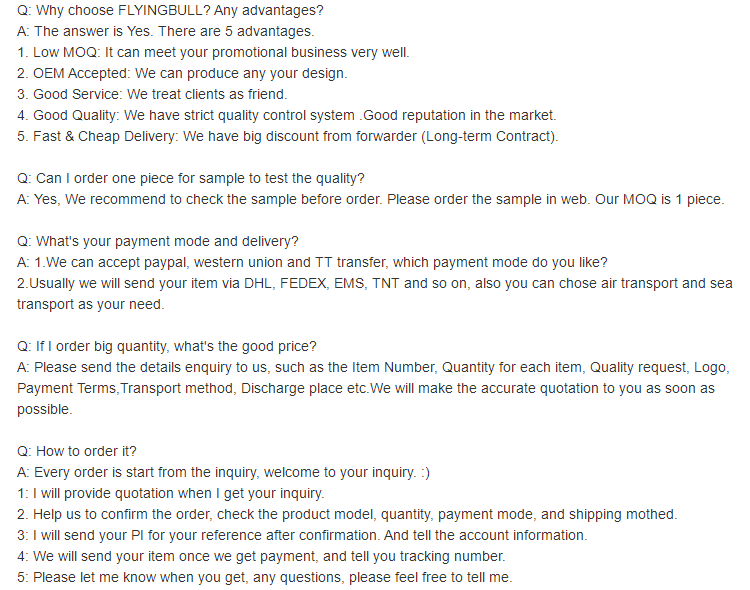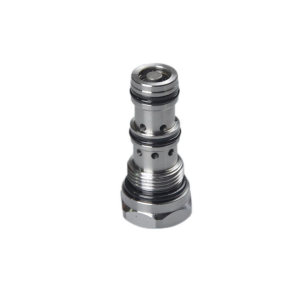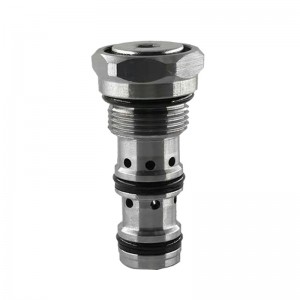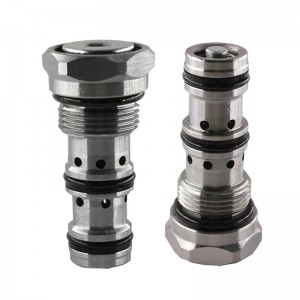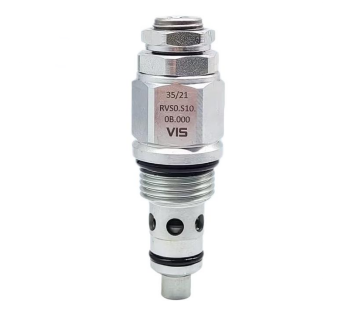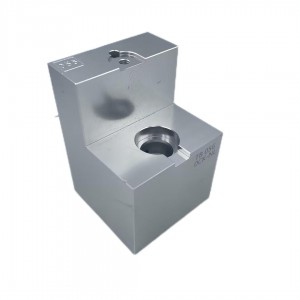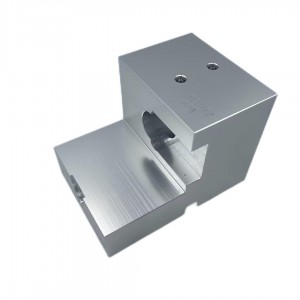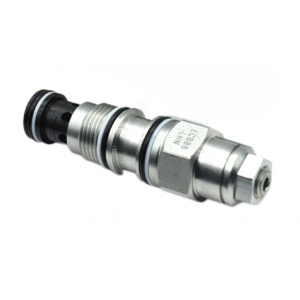YDF-10 check valve core of excavator accessory cylinder
Details
Product alias:hydraulic control one-way valve
Texture of wood:carbon steel
Applicable medium:petroleum products
Applicable temperature:110(℃)
Nominal pressure:Normal pressure (MPa)
Installation form:screw thread
Type (channel location):Straight through type
product category:valve
Type of drive:manual
Points for attention
One-way valve means that the fluid can only flow along the water inlet, but the medium at the water outlet can't flow back, commonly known as one-way valve. Check valve is also called check valve or check valve. Used in hydraulic system to prevent reverse flow of oil flow, or used in pneumatic system to prevent reverse flow of compressed air. There are two kinds of check valves: straight-through type and right-angle type. Straight-through check valve is installed on the pipeline with threaded connection. Right-angle one-way valve has three forms: threaded connection, plate connection and flange connection.
Check valve is also called check valve or check valve. Used in hydraulic system to prevent reverse flow of oil flow, or used in pneumatic system to prevent reverse flow of compressed air.
There are two kinds of check valves: straight-through type and right-angle type. Straight-through check valve is installed on the pipeline with threaded connection. Right-angle one-way valve has three forms: threaded connection, plate connection and flange connection. Hydraulic control one-way valve, also known as locking valve or pressure maintaining valve, is the same as one-way valve to prevent the reverse flow of oil. However, when the oil flow needs to flow reversely in the hydraulic circuit, the control oil pressure can be used to open the one-way valve, so that the oil flow can flow in both directions. Hydraulic control one-way valve adopts conical valve core, so it has good sealing performance. When the oil circuit is required to be closed, this valve can be used as one-way locking of the oil circuit to keep pressure. There are two ways to control oil leakage: internal leakage and external leakage. The internal leakage type can be used in the oil circuit with no back pressure at the reverse outlet of oil flow; Otherwise, the leakage type is needed to reduce the control oil pressure.
Product specification



Company details







Company advantage
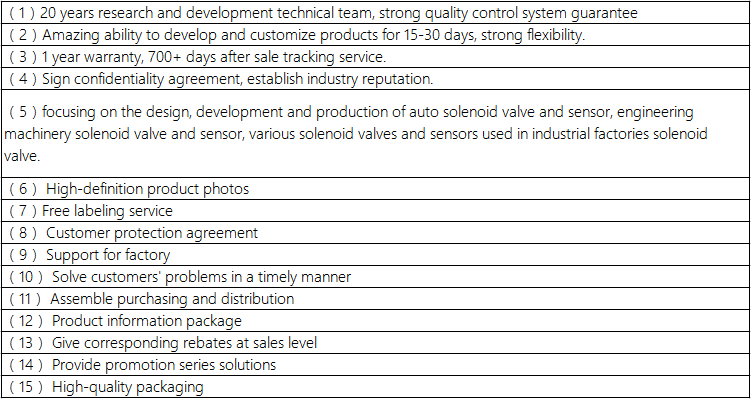
Transportation

FAQ
